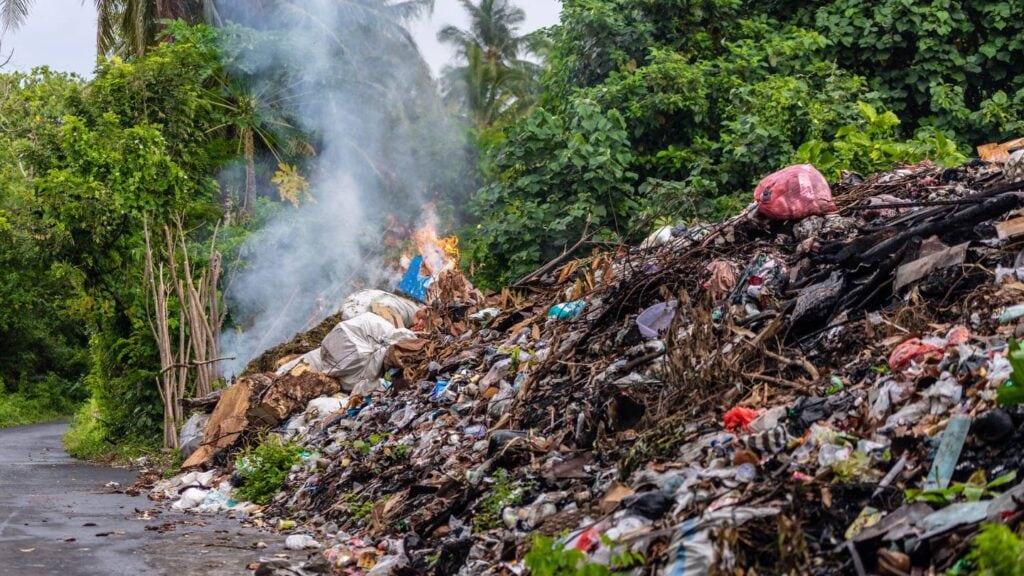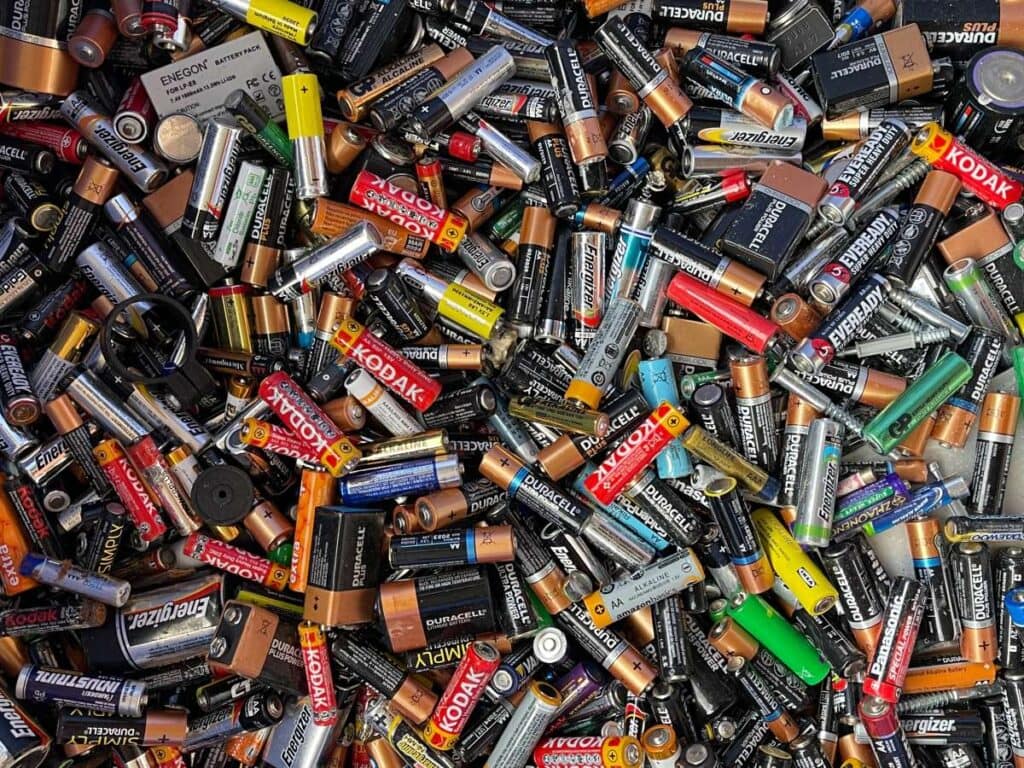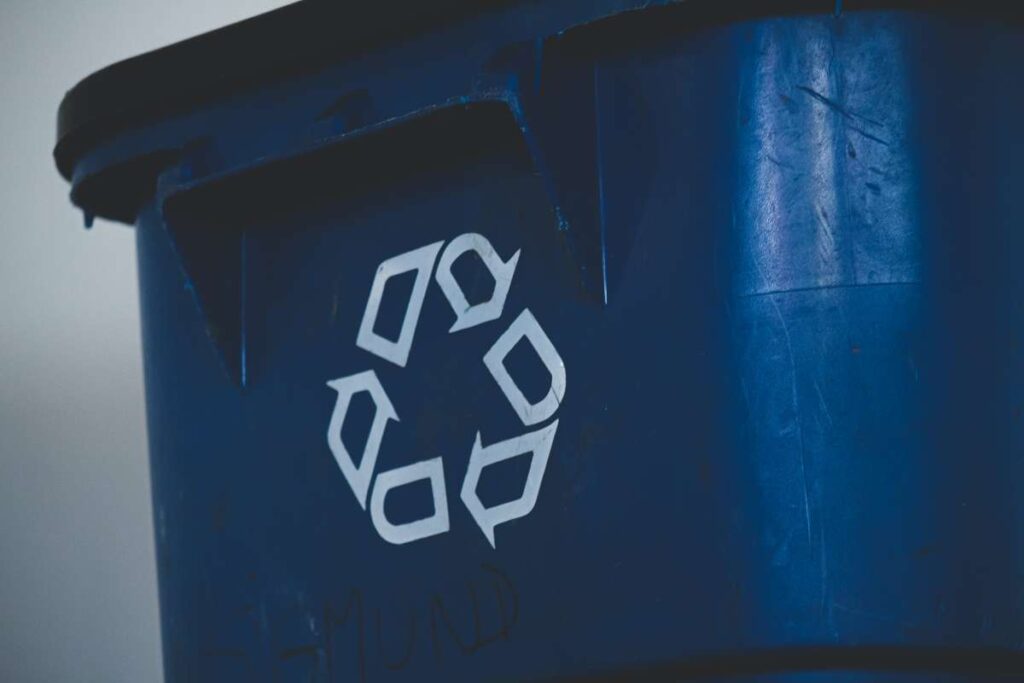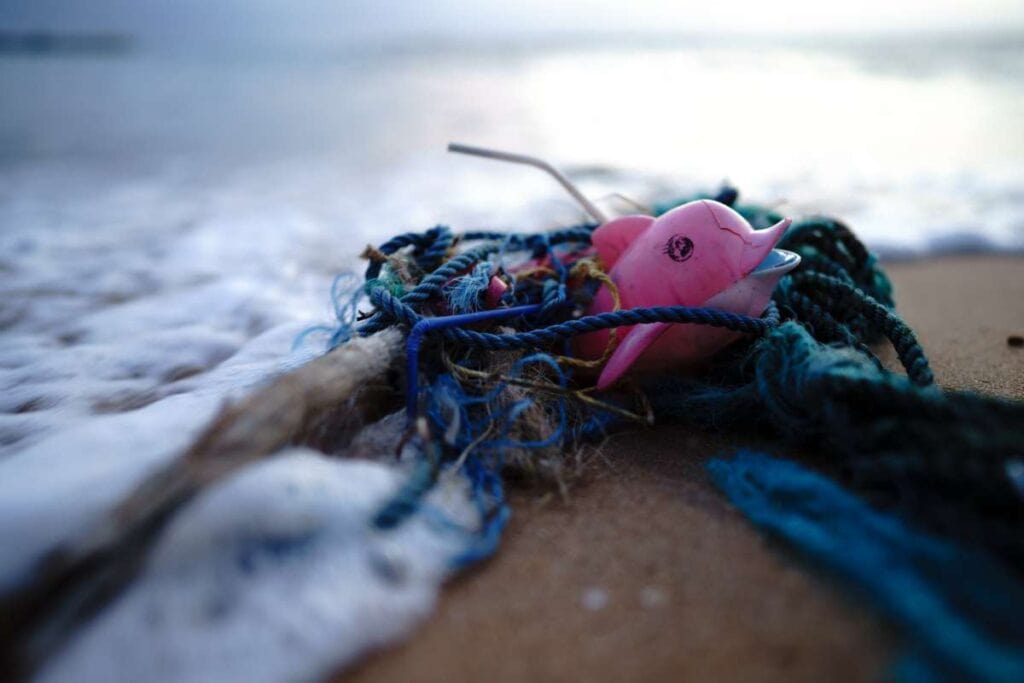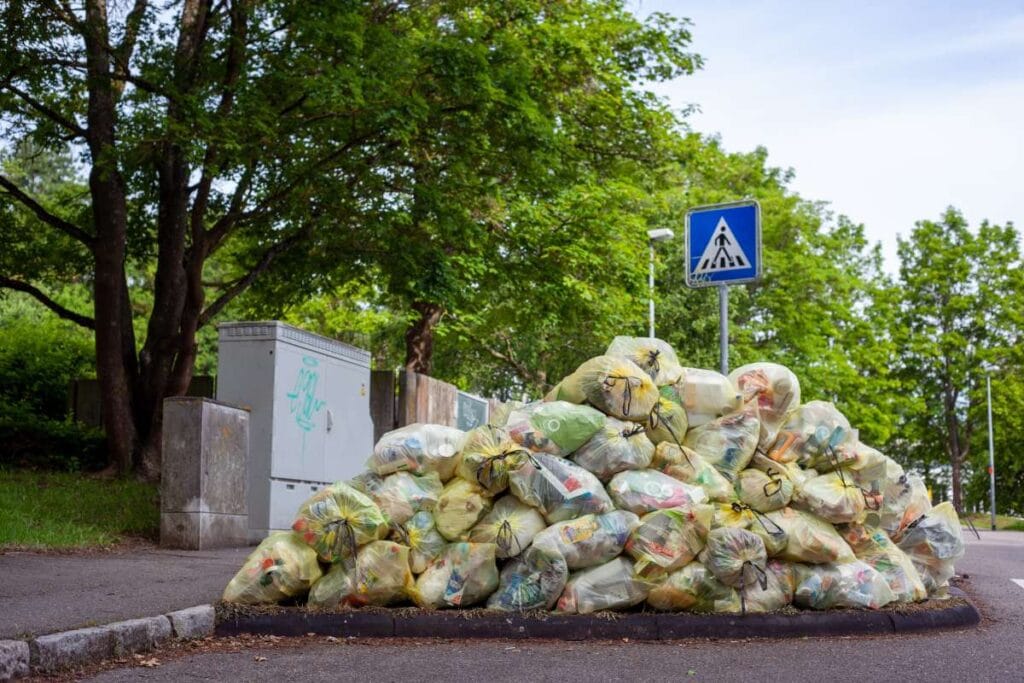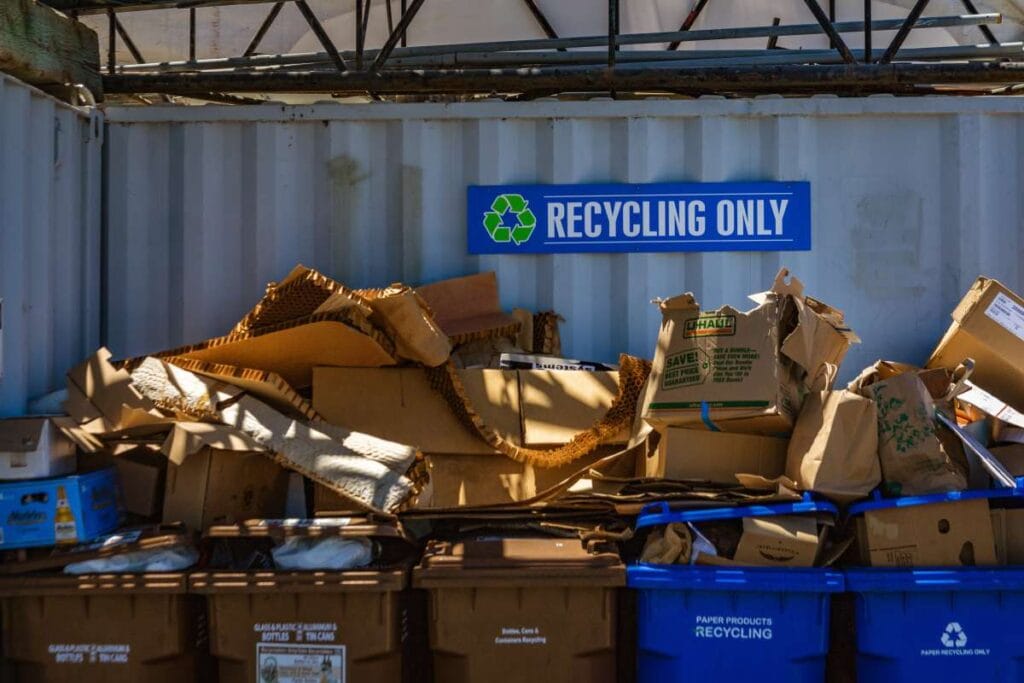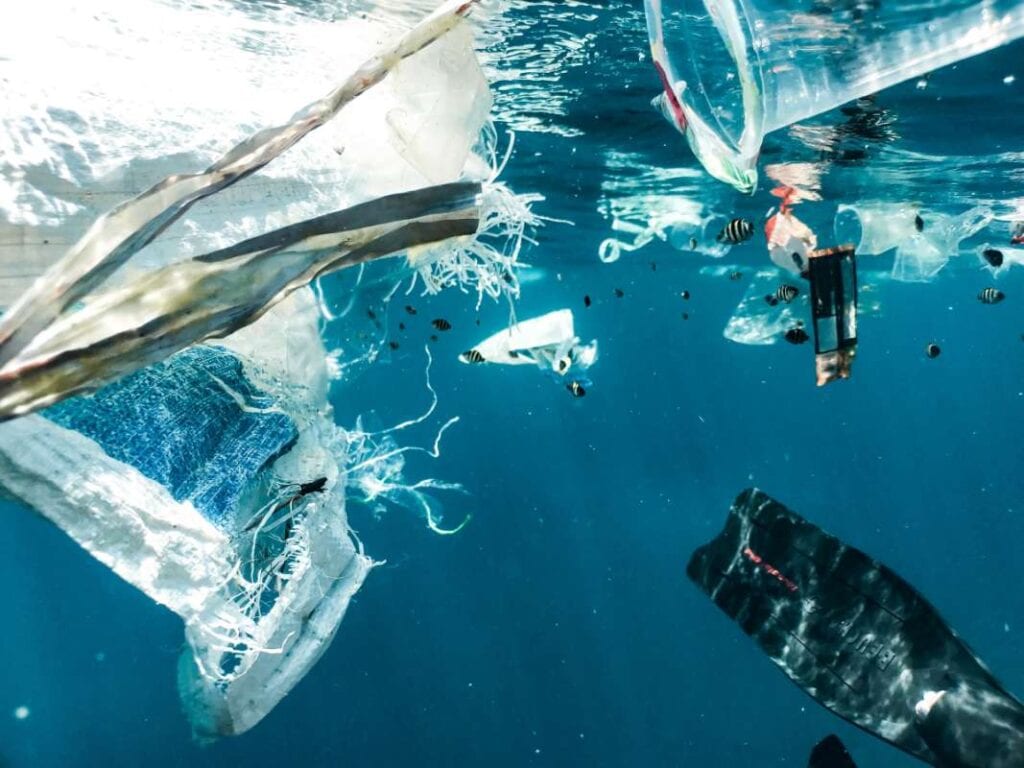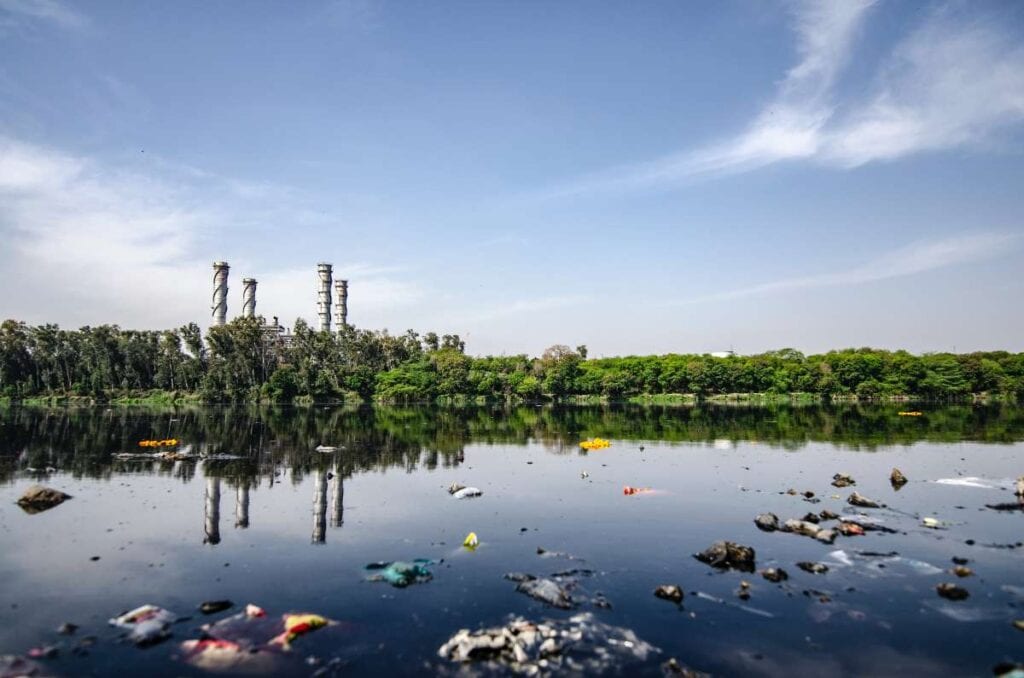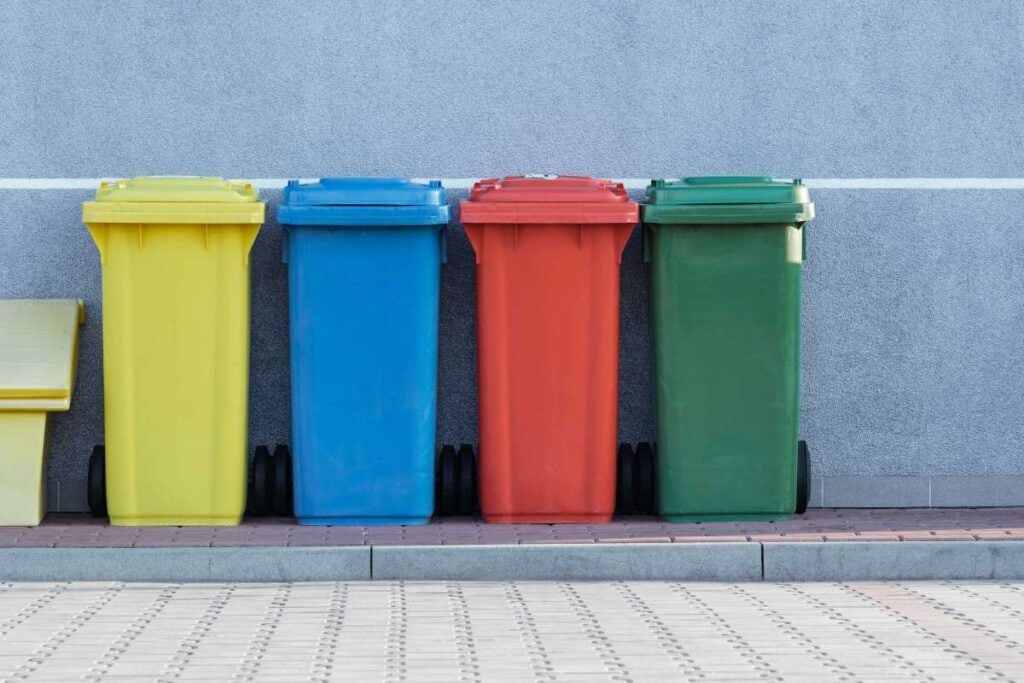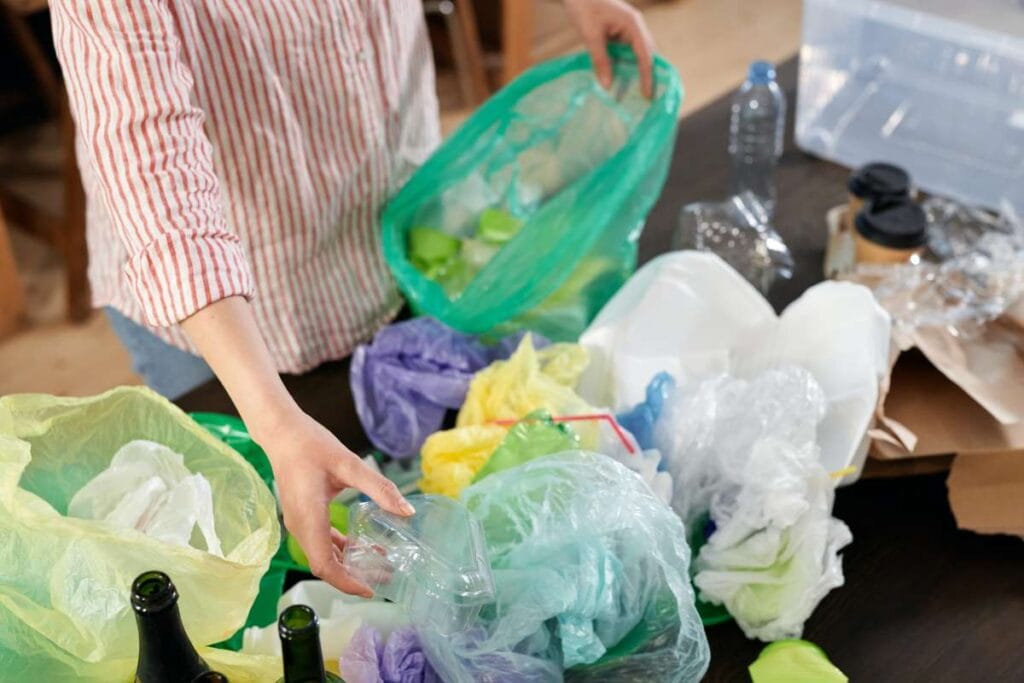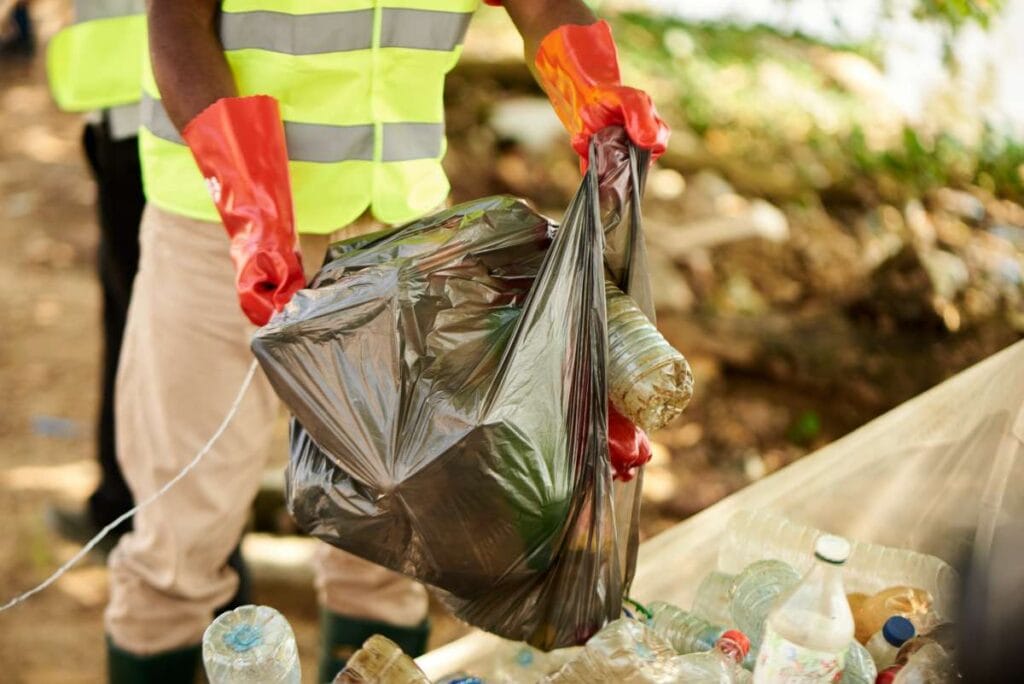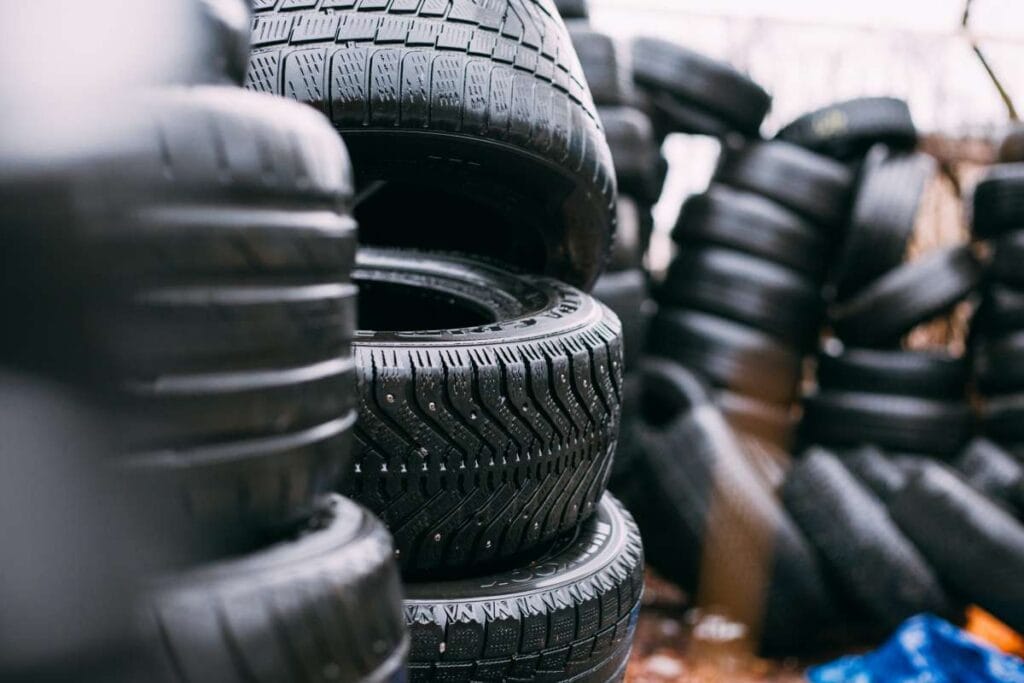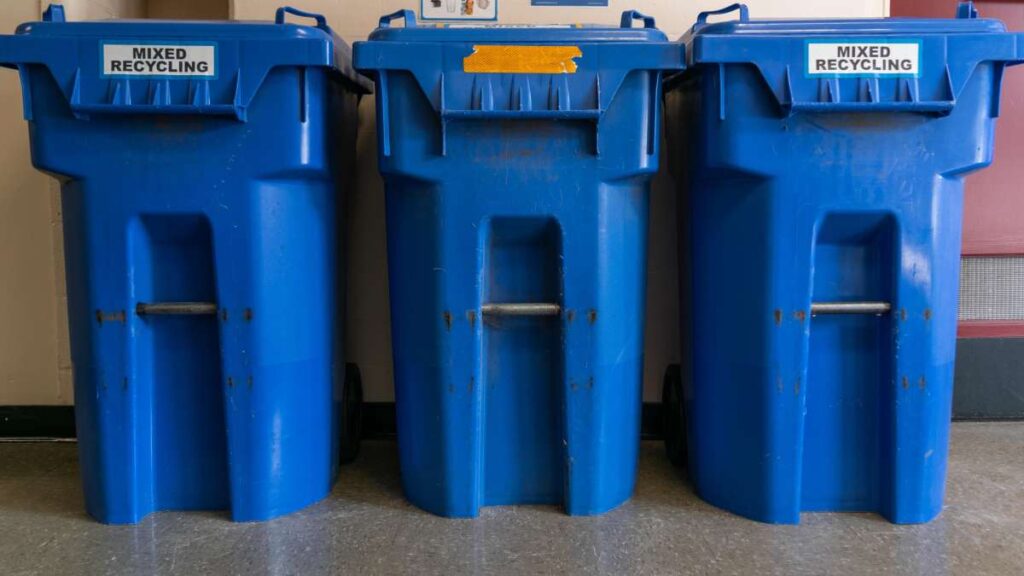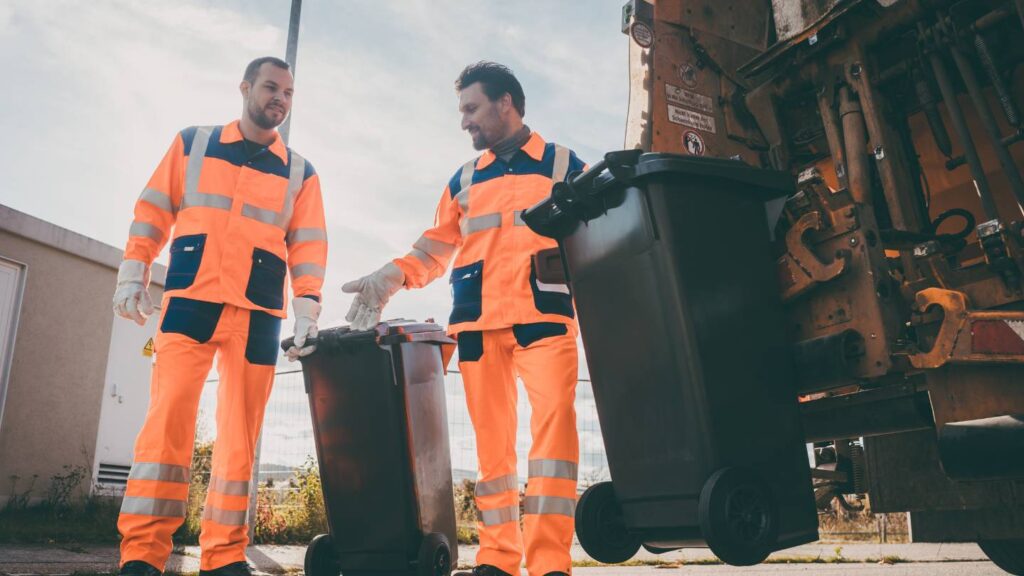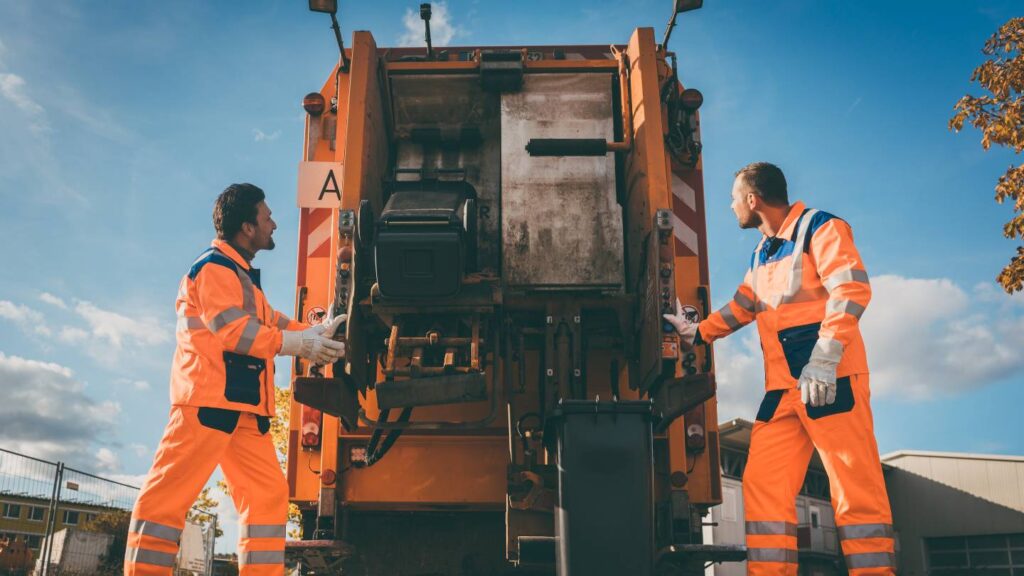The environment has been experiencing multiple impacts due to the daily trash humans produce. The Industrial Revolution fueled excessive consumerism and worldly pursuits. The amount of human garbage has grown substantially since then. The human race is producing unprecedented trash, and we lack the resources to dispose of it properly and sustainably.
Garbage that cannot be broken down or recycled by natural processes ends up in landfills, eventually ending in the oceans. The majority of human-made trash is plastic. According to a recent study, only 9% of the 6.3 billion metric tonnes of plastic trash produced has been recycled.
Rubbish Definition
Everything that we no longer desire or require is considered rubbish. This includes damaged toys, non-functioning electronics, empty packaging, and clothes we have outgrown or no longer wear. The list is endless.
While discussing trash, you may hear the word "waste" used interchangeably; nonetheless, these terms mean the same thing. The increasing amount of trash that people produce is having a catastrophic impact on the natural world.
Waste that isn't reduced, repurposed, or recycled ends up in landfills, contaminating air, water, and soil and eventually adding to global warming. Reducing garbage and increasing recycling rates should be everyone's top priorities; using landfills should be the last option.
Garbage can be in the form of a gas or a liquid in addition to solids like paper, metal, plastic, glass, or even food. Cleaning fluids, paints, and other chemicals are examples of liquid waste. Industrial processes like food processing and paper making also contribute to this type of waste.
Gases and odours emitted into the environment from landfills originate from decomposing food and compounds like ammonia, which transition from liquid to solid. The effects of these gases on both people and the environment can be catastrophic.
Most of the gases released into the atmosphere by landfills are methane and carbon dioxide, exacerbating global warming. So, before you throw anything away in your regular trash can, could you give it some more thought?
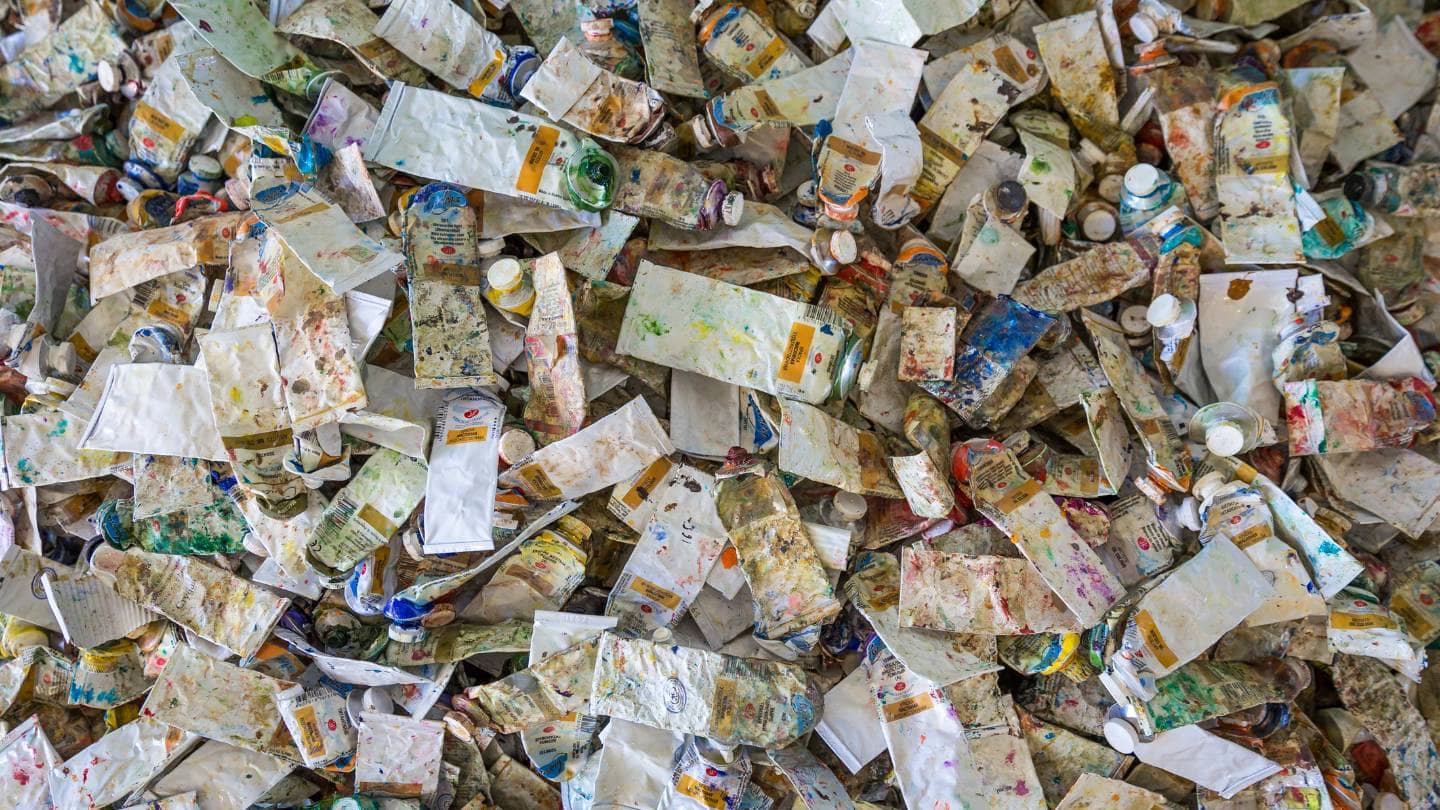
Environmental Harm Caused by Waste
Insect and Disease Vector Breeding Ground
Mosquitoes, rats, and other disease-carrying organisms are known as vectors. Pests, germs, and insects use garbage cans as a breeding habitat.
The same insects and vectors that multiply in trash cans also make house calls to our various residences, where they peruse the lunch buffet, feed on it, and eventually lay their eggs on our plates.
This means that serious illnesses like typhoid, food poisoning, gastroenteritis, enteric fever, and others are more likely to strike.
Foxes, feral cats, and stray dogs are among the many animals that make a home in the trash cans and surrounding areas, in addition to the insects and disease vectors already described.
Air Pollution
Every day, we encounter air pollution, particularly when it comes to unpleasant smells. These odours are typically produced by waste materials that are decomposing or have liquid components.
One of the most noticeable results of trash is the air pollution it causes, which causes respiratory illnesses and other negative health effects as pollutants are taken in by the bloodstream and other organs through the lungs.
Methane, carbon dioxide, and nitrous oxide are some of the hazardous air pollutants caused by garbage. The odour and toxic/chemical vapour released by trash cans hurt environmental air quality and, when breathed in, can have serious health consequences for humans.
Water Body Contamination
Garbage is a major source of the air and water pollution problems. Garbage blown or washed into woods, rivers, lakes, and oceans can contaminate these bodies of water over time.
Recent estimates indicate that 7 billion tonnes of trash, mostly plastic, enters the world's seas yearly. When solid and liquid wastes find their way into water sources, they negatively change the chemical makeup.
Water contamination describes this sort of environmental degradation. Water contamination harms all aquatic ecosystems, including aquatic life that consumes the contaminated water.
Liquid waste can contaminate surface water and groundwater quality when seeping into the soil. Due to this, people who depend on groundwater or well water for their survival will have difficulties.
Climate Change
One of the biggest problems with environmental quality is trash floating around. Methane gas is released when trash is thrown into landfills. Thankfully, research has shown that open landfills are responsible for 91% of landfill methane emissions.
Burning open, massive amounts of garbage releases harmful quantities of carbon dioxide, a chemical that contributes to global warming.
Burning trash in this way seriously threatens our air quality and the health of those who live near these landfills; researchers estimate that this process accounts for around 40% of global rubbish.
Contamination Of The Soil
Hazardous household waste items like old paint, batteries, and computer gear are particularly harmful to the earth. Exposure to these harmful substances and chemicals could have negative consequences for plant and animal life.
Toxins leaked out by hazardous chemicals and other waste materials might seep into the groundwater over time.
Polluting the local soil can negatively affect the soil's fertility and the habitats of soil microbes, which can reduce agricultural yields.
Soil contamination often necessitates expensive land repair.
Exposure To Health Risks
One runs the risk of illness if they handle overflowing garbage cans directly. Chronic diseases, Infections, and accidents are among the hazards that waste collectors face while picking up and managing garbage.
Infections of the skin and blood can develop from cuts and scrapes caused by animals that eat garbage, and flies that feed on waste can spread infections to the intestines.
Nappy bags, white goods, asbestos, needles, sharp items, and other potentially dangerous rubbish make garbage collection a difficult business. Anyone exposed to these substances runs the danger of endangering their health and safety.
Diseases can also spread more easily in a dirty environment. When garbage is washed into nearby bodies of water, it can contaminate water systems with harmful chemicals and microorganisms that cause illness. This can harm animals and humans who drink or touch polluted water.
Bad Municipal Well-Being
Living, visiting, or spending time in areas that are clean, fresh, and healthy is what everyone desires. Areas that are quite euphoric. Garbage is unsightly, a nuisance to the environment, and causes many health problems.
No one wants to visit or invest in a city that stinks, has bad sanitation, and has rubbish lying around. Proper trash control and recycling may bring in a lot of money and create jobs, but cities need to take either of these opportunities.
Potential Fire Risks May Occur
The likelihood of wildfires increases when trash, including tyres, chemicals, domestic garbage, obsolete car components, toxic medical waste, and green waste, is dumped in landfills. The butts of cigarettes can potentially ignite a fire. These materials are combustible when subjected to the high temperatures and decaying conditions found in landfills.
In addition to the high temperatures, animals and humans could breathe in harmful particles from the site fire's combusting hazardous materials, devastatingly affecting wildlife.
Decreases Property Value and Influences Tourist Attractions
Wherever trash is located, the value of the surrounding property, particularly land, drops. Beyond that, locations demolished for trash can attract other types of criminal activity.
In addition to being an eyesore, the filth and odour can discourage tourists from visiting these locations, particularly if they are located in or near wooded areas or along roadsides.
Habitat Loss
When a live organism's environment changes, this is called habitat alteration. It can be brought about by rubbish and waste in coastal areas, submerged benthic ecosystems (located at or near the ocean's and rivers' bottoms), rivers, and oceanic convergence (concentration) zones.
A buildup of debris can alter the habitat's structure, diminish the amount of light reaching the underlying waters, and eventually deplete the oxygen levels. Due to these changes, open water and benthic environments may become less suitable for aquatic life.
Species that rely on marine environments for food and shelter may have their populations drop due to the indirect effects of marine debris, which alter the physical structure of these ecosystems.
Many fish, invertebrates, and vertebrates rely on coral reefs for their survival; many of these species are already at risk of extinction due to the degradation of these ecosystems. Living in areas with a lot of trash will be challenging for humans.
Impact the Community's Economy Unfavourably
Everybody wants to stay or live in a spotless, hygienic, fresh, and healthy environment. Neither tourists nor investors will be interested in investing in a city with terrible garbage management. Poorly run landfills can potentially depress local economies, threatening people's ability to make a living.
Lost Chances to Recycle
Recycling generates income. This opportunity passes by cities that need to have adequate systems in place for trash removal and recycling. Furthermore, they need to use reusable materials and the job opportunities a recycling centre provides.
Planet Earth Is Slowly Dying From It.
Our irresponsible waste management practices are hurting our only planet. Everyone must protect the environment, not just those who live here but also those who will follow in our footsteps.
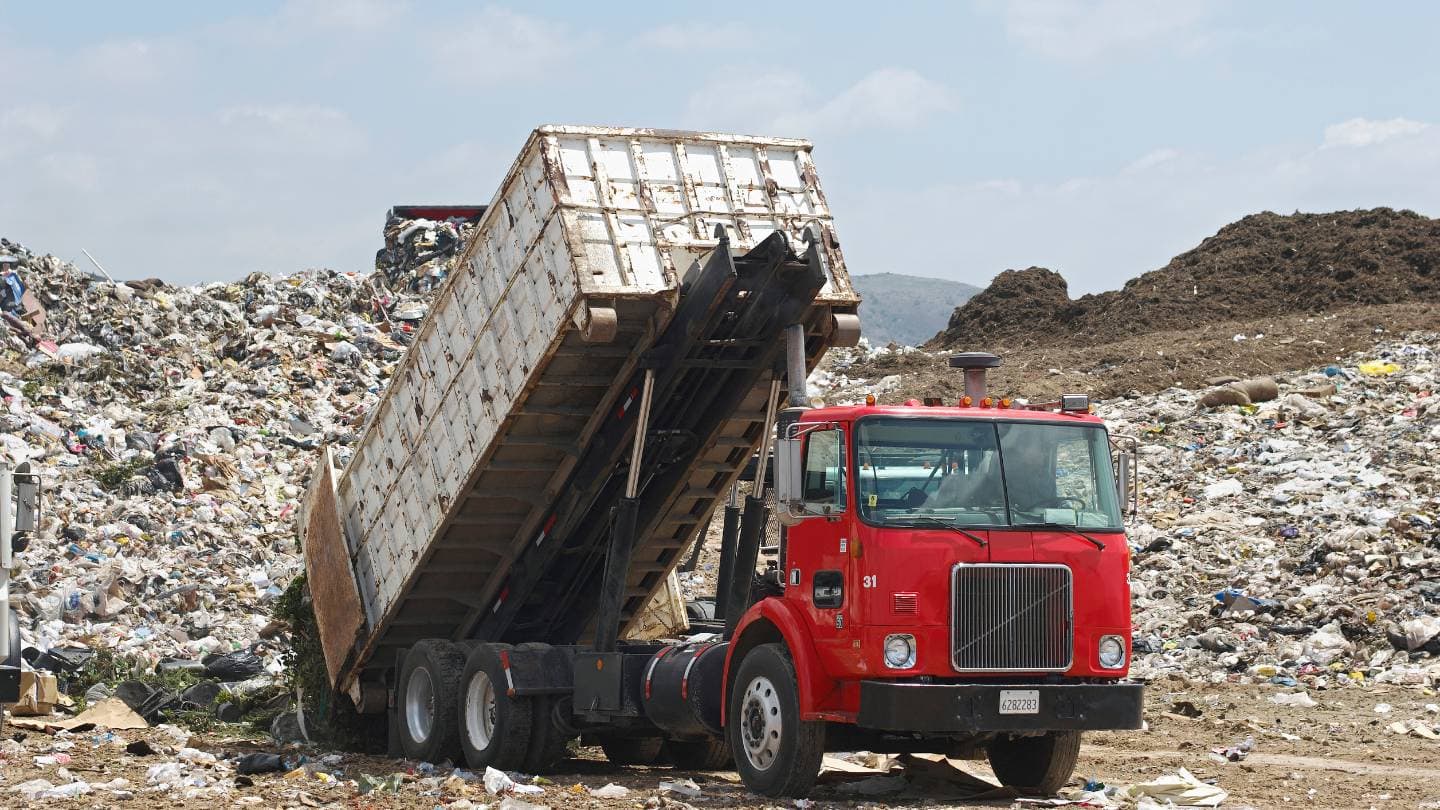
Human Damage
Think about the vast majority of people on Earth who live in areas without a formalised garbage disposal system. These locations might have a system but don't have a trash can.
Individuals who face a substantial risk include:
- Those in the vicinity, especially children,
- Individuals employed in the waste disposal industry
- Workers who produce or come into touch with trash on the job
Consider the consequences of landfill fires on our society. The gases released into the air or collected in our basements from landfills have been linked to cancer, respiratory issues, and impaired vision; furthermore, the continual possibility of explosions poses a perpetual threat to residents in the vicinity.
The skin and blood might get infected and irritated when we touch waste. In addition, flies breed on solid waste, which can spread disease to humans. It is known that mosquitoes feed on dead fish and find various items, such as sewage, rainwater, tyres, and cans, to be perfect breeding sites. They spread malaria and dengue.
Waste management facilities become less susceptible to diligent monitoring when disease-carrying pests are abundant. For example, rat infestations in these institutions and sewage systems persist despite efforts to control them. Diseases including Hantavirus Pulmonary Syndrome, Rat-bite Fever, Leptospirosis, and Salmonellosis are spread by these pests, damaging agriculture.
Because garbage affects us profoundly, positively and negatively, waste management is our duty. As long as there is life on Earth, there must be a constant effort to raise awareness and educate all populations, regardless of socioeconomic status. Even a little butterfly's wing flapping 900 kilometres distance can produce a hurricane in your neighbourhood.
Conclusion
The increasing amount of human-made trash, primarily plastic, has a catastrophic impact on the environment. It is not properly disposed of, leading to landfills and ocean pollution. Garbage can be in the form of gas, liquid, or solid, and industrial processes contribute to this.
Gases and odours from landfills, such as methane and carbon dioxide, can cause serious health effects for humans and the environment. Garbage also contributes to air pollution, water body contamination, climate change, and soil contamination.
Pests, germs, and insects breed in trash cans, leading to diseases like typhoid, food poisoning, and enteric fever. Water contamination harms aquatic ecosystems and affects people who depend on groundwater or well water. Reducing garbage and increasing recycling rates should be a top priority, as landfills are not sustainable.
Garbage disposal poses numerous health risks, including exposure to diseases, infections, and accidents. Waste collectors face health risks from handling overflowing garbage cans, which can lead to skin and blood infections, intestine infections, and flies. Dirty environments can also contaminate water systems with harmful chemicals and microorganisms, causing illness.
Proper trash control and recycling can create jobs and improve municipal well-being. However, landfills can also increase fire risks, leading to wildfires and causing wildlife to be affected. Destroyed areas can also devalue property value and attract criminal activity, affecting local economies and limiting recycling opportunities.
Waste management practices are causing the planet to die from irresponsible practices, causing human damage and causing diseases like malaria and dengue. It is crucial to raise awareness and educate all populations about waste management and its impact on the environment.
Content Summary:
- The daily trash produced by humans is causing multiple impacts on the environment.
- The Industrial Revolution fueled excessive consumerism and increased the amount of human garbage.
- The human race is producing unprecedented amounts of trash, and we lack the resources to dispose of it properly and sustainably.
- Landfills are the final destination for trash that cannot be broken down or recycled by natural processes.
- Plastic is the majority of human-made trash, and only 9% of plastic trash has been recycled.
- Rubbish includes damaged toys, non-functioning electronics, empty packaging, and clothes we no longer wear.
- Waste and rubbish are used interchangeably and refer to everything we no longer desire or require.
- Garbage can be in the form of gas, liquid, or solids like paper, metal, plastic, glass, or food.
- Trash cans serve as breeding grounds for disease-carrying organisms like mosquitoes and rats.
- Trash can lead to air pollution, causing respiratory illnesses and negative health effects.
- Garbage that enters water bodies contaminates them and harms aquatic ecosystems.
- Trash contributes to climate change through the release of methane and carbon dioxide.
- Hazardous household waste can contaminate soil and harm plant and animal life.
- Handling overflowing garbage cans directly can expose individuals to health risks and infections.
- Trash negatively affects municipal well-being and can decrease property value and tourist attractions.
- Dumping trash in landfills increases the risk of wildfires and releases harmful particles into the air.
- Trash alters habitats and can lead to the loss of species and ecosystems.
- Poor garbage management can negatively impact the community's economy.
- Inadequate trash removal and recycling systems result in lost opportunities for recycling and income generation.
- Irresponsible waste management practices are harming the planet.
- People living in areas without proper garbage disposal systems are at a higher risk.
- Landfill fires release gases linked to cancer, respiratory issues, and impaired vision.
- It is crucial for everyone to protect the environment and consider the consequences of their waste management practices.
Frequently Asked Questions
The production and disposal of certain types of rubbish contribute to resource depletion, as manufacturing often requires raw materials. Proper waste management and recycling helps conserve resources and reduce environmental impact.
E-waste contains hazardous materials like lead and mercury. If not properly managed, it can contaminate soil and water, posing environmental and human health risks.
Certain rubbish disposal practices, such as burning waste, release greenhouse gases like carbon dioxide and methane, contributing to climate change. Sustainable waste management helps mitigate these effects.
Uncontrolled rubbish disposal can disrupt local ecosystems by altering soil composition, contaminating water sources, and harming plant and animal life. Biodiversity loss can result from habitat destruction and pollution.
Individuals can reduce their environmental impact by practising responsible waste disposal and recycling and supporting initiatives that promote sustainable waste management. By being conscious consumers, people can contribute to minimising the negative effects of rubbish on the environment.
